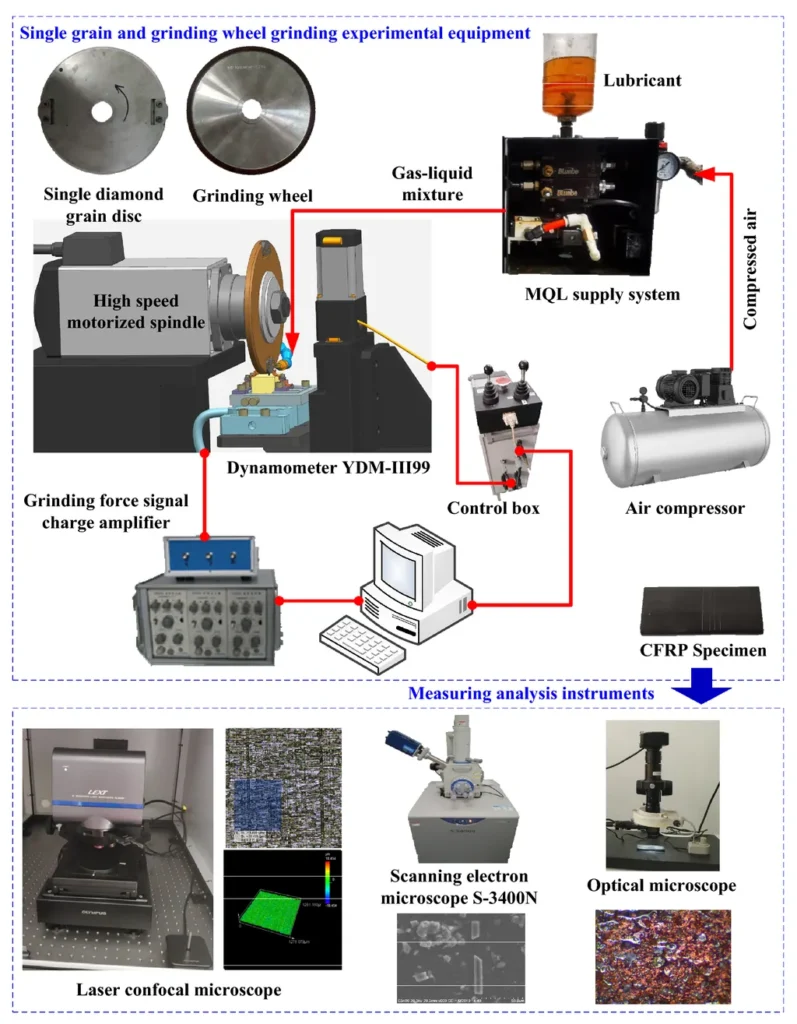In the world of advanced manufacturing, precision is paramount. Yet, when it comes to machining carbon fibre-reinforced polymer (CFRP) composites, achieving that precision is a challenge that has long perplexed engineers. The anisotropy and inhomogeneity of these materials, coupled with rapid tool wear, make predicting and controlling machining-induced burrs a complex task. However, a recent study led by Norbert Geier from the Budapest University of Technology and Economics has made significant strides in this area, offering a promising solution for industries that rely heavily on CFRP composites, including the energy sector.
Geier and his team set out to develop a model that could determine the density and distribution functions of risky fibre cutting angles where machining-induced burrs are likely to form during hole machining of CFRPs. “The main aim of this study is to develop a model to determine the density and distribution functions of risky fibre cutting angles where machining-induced burrs are expected to be formed when hole-machining CFRPs,” Geier explained. The team introduced four models, analysing their adequacy and determining the coefficients using datasets from three previous research projects, encompassing a staggering 2,380,808 data points. The models were then validated through a fourth project, which included 208,571 data points from hole machining experiments conducted with different tools, parameters, and setups.
The study, published in ‘Composites Part C: Open Access’ (which translates to ‘Composites Part C: Open Access’ in English), revealed that the distribution of risky fibre cutting angles is not Gaussian, as tested through the Shapiro-Wilk and Kolmogorov-Smirnov statistical tests. The developed trigonometric model, however, showed a remarkable fit to the data points, with a determination coefficient of at least 0.949 for each dataset. The results indicated that machining-induced burr formation is most probable at a fibre cutting angle of 118–133°, and 60% of burr occurrences fall within the 110°–160° range when the critical fibre cutting angle is 133°.
The implications of this research are substantial for the energy sector, where CFRP composites are increasingly used due to their high strength-to-weight ratio and excellent fatigue resistance. “These findings provide a foundation for the industrial adoption of advanced machining strategies for fibrous polymer composites, enabling a significant reduction of machining-induced burrs in CFRPs,” Geier noted. By understanding and predicting the formation of burrs, manufacturers can optimize their machining processes, reduce waste, and improve the overall quality and performance of CFRP components.
The study’s findings could pave the way for more efficient and precise machining techniques, ultimately benefiting industries that rely on CFRP composites. As the energy sector continues to push the boundaries of material science and manufacturing, research like Geier’s offers a glimpse into the future of advanced manufacturing, where precision and efficiency go hand in hand.

